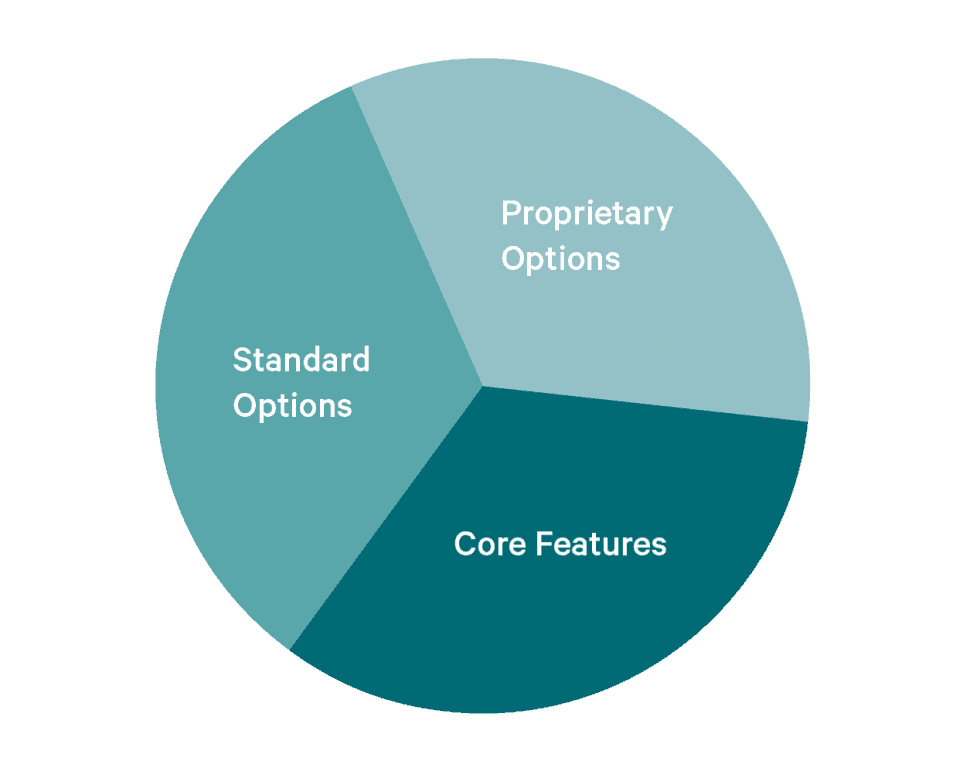P25 System functionality
System and user equipment functionality is determined in your Needs Analysis. However, you need to understand the implications of your choice of features and functions.
P25 systems and devices may have three different levels of features and functions. Their status is defined in the APCO Project 25 Statement of Requirements (SoR). For full details of the status of any specific function, see the most recent version here.
Core Features
Core Features are mandatory. All relevant P25 devices and systems must have them and they must be implemented according to the P25 Standard to assure interoperability. The most obvious example for all user equipment is Air Interface Protocol. For example, any radio claiming to be P25 conventional Phase 1 unit must be able to communicate with a P25 unit from any other manufacturer.
The core features can be taken for granted. They come with the system and user equipment regardless of the supplier or the model. CAP certification is highly
recommended, however, to guarantee interoperability. Core (Mandatory) features include:
- Group calls
- Common channel operation
- Affiliation
- Unit to unit calls
- Broadcast calls
Standard Options
Standard Options do not have to be included in the systems or radios, but, if they are, they must be implemented in the prescribed way, assuring compliance between vendors. An example is AES or DES encryption. P25 radios may not have encryption included, but, if they have either AES or DES encryption (not any other type),
they must be implemented according to the standard, assuring compliance between vendors.
Standard options should be selected with care. For example, one of the most common features is Over The Air Rekeying (OTAR). While the idea is great and it has some die-hard enthusiasts, in practice it is seldom used. Is it necessary in your new network? The broad experience of a good consultant may be invaluable to help you decide.
Standard Options features include:
- Over The Air Rekeying
- Group calls on a conventional system (Phase 1)
- Voice encryption on a trunked system
- Text messaging
- Unit de-authorization (stun)
Vendor Proprietary Options
Vendor Proprietary Options do not need to be included and vendors are free to implement them any way they want. An example is Over The Air Programming (OTAP). Not all manufacturers provide this feature and the ones that implement it do it in a proprietary manner. These features are typically not compatible between different vendors.
Vendor proprietary options should be selected with utmost care. On one hand, they may provide very valuable functionality, on the other hand they can practically lock system owners into a proprietary relationship with one vendor, with all the known risks, such as higher prices and lower level of service. Vendor Proprietary features include:
- Over The Air Programming
- Patch Calls
- Dynamic Regrouping
- Failsoft
- Free-form text messaging
Click "NEXT" to learn about Compliance and Interoperability or select a topic from the menu below.




Leave a Reply